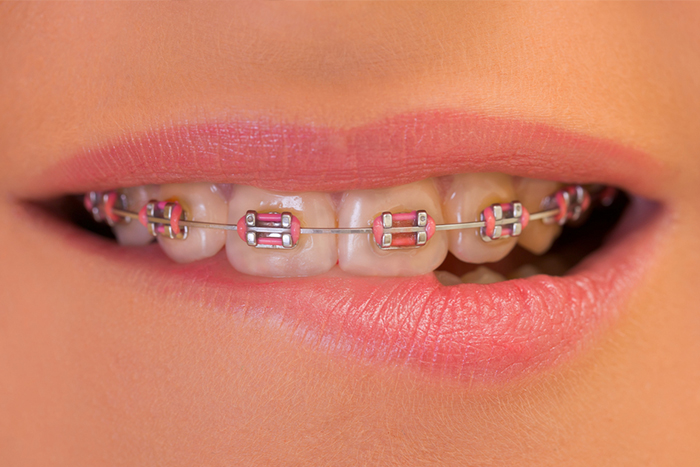
Tooth alignment may positively or negatively affect your dental health. Well-arranged teeth improve your facial appearance. However, crowded and crooked teeth may lower your self-confidence and image. At Advanced Digital Orthodontics, orthodontic treatment such as Roslyn Braces may help line up your teeth and enhance your dental outlook.
What are the uses of braces?
Dental braces are used in orthodontic treatment to straighten your teeth by applying pressure, which causes your teeth to move slowly in the right direction. Braces are used in dentistry to correct teeth problems such as:
· Crowding
· Misalignment
· Crooked teeth
Types of braces
Lingual braces
They are installed behind your teeth and are invisible. This is an excellent option for adolescents or anyone with aesthetic concerns regarding braces, including musicians, models, athletes, actors, or actresses.
Invisalign
These types of braces are custom-made to fit your teeth and are made out of hard plastic. Clear aligners are invisible and removable. Flossing and brushing your teeth is easier with this type of braces. Invisalign braces do not cause mouth abrasions during installation since they are not made of metal.
Traditional braces
These are the most common type of braces made from stainless steel and contain a wire passing through each metal bracket. Metal brackets are fixed to the front surface of your teeth and tightened at various intervals during treatment to bring your teeth in the correct position.
Clear braces
Clear braces are made using ceramic material and function in the same way as traditional braces. They are more fragile, require a high maintenance level, and are commonly used on your upper front teeth.
Self-ligating braces
This type of braces is similar to traditional braces in appearance but uses a built-in system to hold the archwire in place.
Procedure for installing dental braces
Your doctor will examine your teeth during your first visit and make a treatment recommendation based on your dental problem. Severe gum disease may hinder you from getting braces. You may ask your dentist any questions you may have concerning braces.
Before fixing the braces, your dentists will insert a device to hold your tongue in place and keep your mouth dry. Tooth preparation is essential to create a good surface for bonding. Your dentist will place the braces on your teeth and use dental cement to hold them in place. After placing the brackets, your dentist may use a beam of light that dries the adhesive and facilitates firm bonding. To finish off, your specialist will connect a wire through the braces and use bands to secure the wire in place.
You may require to visit your dentist for adjustment three to four weeks after getting braces. During an adjustment, your doctor may bend or insert a new wire. The new wire will be tighter than the previous one and may have a different arrangement. Your dentist inserts a new wire to push or pull your teeth in the right direction for each adjustment visit.
Aftercare for getting braces
· Eat soft foods such as pasta and pudding for the first few days after the installation of braces.
· Rinse your mouth with saltwater in case of irritation
· Practice good oral hygiene like brushing your teeth twice a day
Besides straightening misaligned teeth, braces may improve your speech. Schedule an appointment with your orthodontist at Advanced Digital Orthodontics to get braces and enhance your smile.